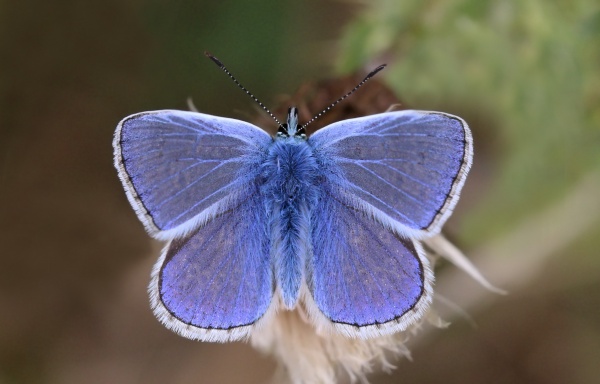Facts About Common blue
The Common Blue Butterfly, scientifically named *Polyommatus icarus*, belongs to the Lycaenidae family and Polyommatinae subfamily. This enchanting butterfly is widespread throughout the Palearctic region. Male Common Blue butterflies typically have blue wings bordered by black-brown edges, while females have brown wings dusted with blue and decorated with orange spots. The species was first described in 1775 and is known by various common names.
Where You Can Find Them
The Common Blue's habitat ranges from Europe to Northern China, including North Africa, the Canary Islands, and more recently, parts of North America. In the UK and Ireland, it is the most frequently observed blue butterfly. Unfortunately, their numbers are declining, primarily due to the loss of their preferred host plant, *Lotus corniculatus*.
What They Eat
As caterpillars, Common Blue butterflies feed on plants from the Leguminosae family, with a marked preference for *Lotus corniculatus*. They assimilate flavonoids from these plants, which aid in their visual communication and attracting mates.
Life Cycle and Behavior
The life cycle of the Common Blue includes oviposition, larval development, pupation, and the final emergence as adults. Adult butterflies exhibit various behaviors such as defending their territory and seeking mates.
Seeing the World in Color
These butterflies possess a sophisticated visual system that allows them to perceive colors, particularly within the green spectrum. This exceptional vision is crucial for locating food, selecting mates, and defending their territories. Researchers continue to explore the complexities of their vision to gain further insights.
Why They Matter
The Common Blue Butterfly is captivating not only for its beauty but also for its ecological significance. The decline in their population underscores the necessity for conservation efforts to protect these delicate creatures and the habitats they rely on.

 Ireland
Ireland